The Atacama Desert in Chile is renowned for being one of the driest places on Earth. Its vast stretches of arid landscapes, salt flats, and rocky terrain give the impression of a lifeless, barren wasteland. However, a remarkable phenomenon occurs here that defies the desert’s desolate reputation. Overnight, this seemingly lifeless expanse transforms into a breathtaking display of vibrant colors, as a myriad of wildflowers burst into bloom.
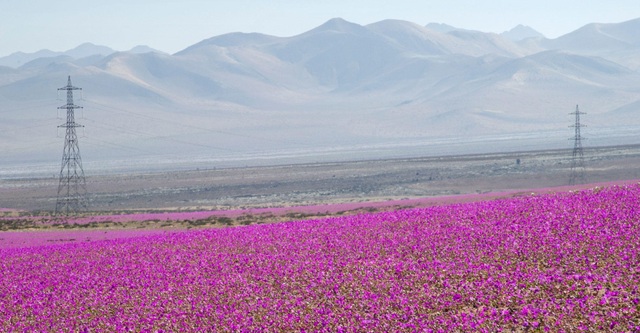
The Atacama Desert, located in northern Chile, is an inhospitable environment for most forms of life. Its unique geographical features, including the presence of the Andes Mountains to the east and the cold Humboldt Current along the coast, create an environment where rainfall is extremely rare. Some parts of the Atacama have reportedly not received measurable rain for centuries.
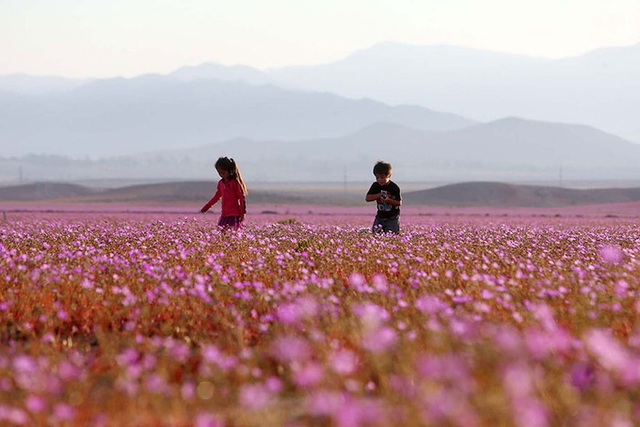
Despite its harsh conditions, the Atacama Desert harbors a secret that becomes evident during the rare periods of rainfall. Typically, this occurs only every five to seven years. When the desert does receive rainfall, something extraordinary happens: dormant seeds hidden beneath the parched ground spring to life.
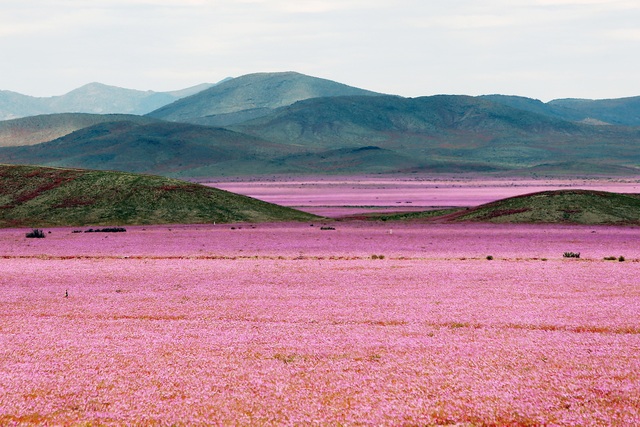
Overnight, the barren landscape undergoes a dramatic transformation. An explosion of wildflowers blankets the desert floor, creating a mesmerizing tapestry of colors. Shades of red, pink, yellow, orange, and purple paint the usually monochromatic landscape, and it becomes a paradise for photographers, botanists, and nature enthusiasts from around the world.

The remarkable resilience of desert flora is central to this phenomenon. Many of the plants in the Atacama have adapted to the harsh environment by evolving to conserve energy and water. They remain in a state of dormancy, with seeds waiting beneath the surface for the right conditions to germinate.
When the desert receives rainfall, the seeds quickly respond to the moisture. The rapid growth of wildflowers allows them to complete their life cycles in a short burst, taking advantage of the temporary abundance of water.

This stunning transformation is fleeting, lasting only a few weeks or months until the soil once again dries out. The desert returns to its arid state, and the wildflowers disappear until the next rain event, which might be years away.
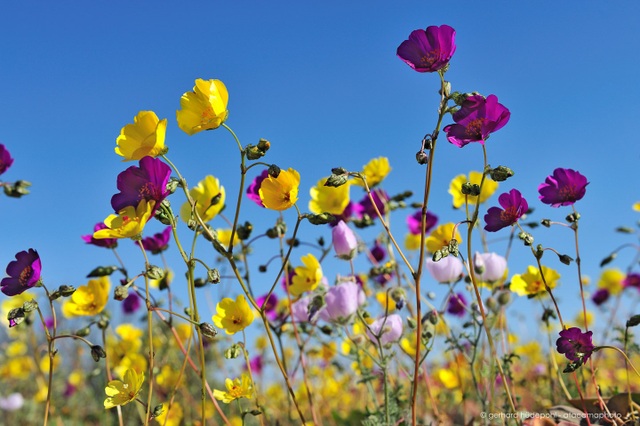
The fragile beauty of the Atacama Desert’s wildflower bloom serves as a reminder of the resilience and adaptability of life in even the harshest environments. It is a testament to the intricate dance of nature and the profound impact that rare climatic events can have on an ecosystem.
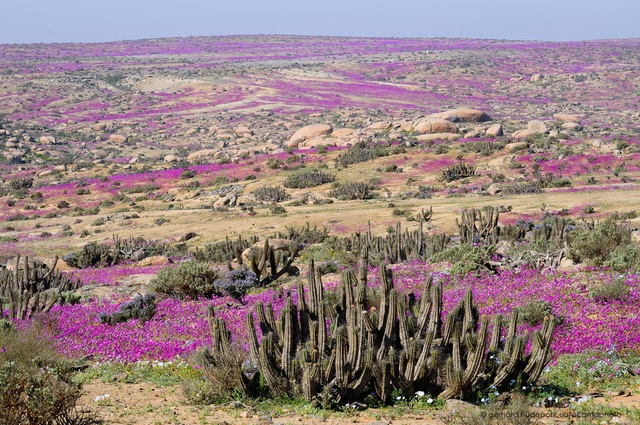
Visiting the Atacama Desert during a wildflower bloom is a once-in-a-lifetime experience, an opportunity to witness the breathtaking transformation of an arid wasteland into a vibrant, living work of art—an astonishing testament to the power and beauty of nature.
